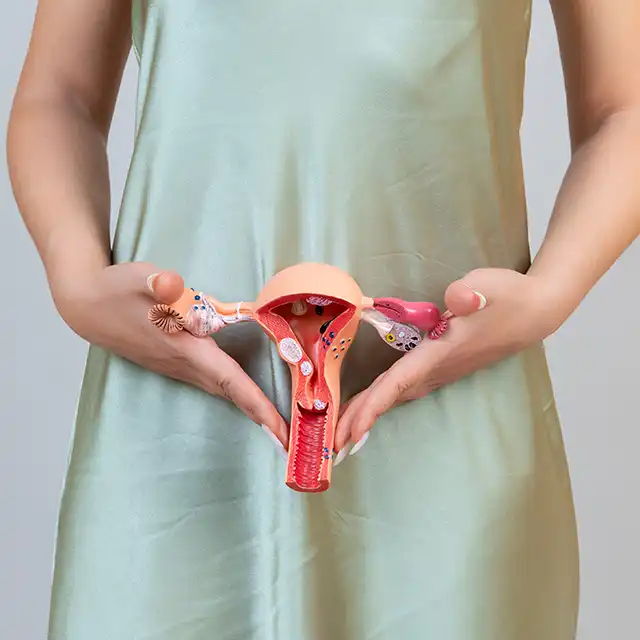
Pain in the chest can manifest in many forms, from a stabbing kind of pain to an ache, from intense pressure to a burning feeling.
The pain may also appear to radiate up the neck or to the jaw, going down to the back and along one or both arms.
While it may seem counterintuitive, pain in the chest often has nothing to do with the heart. It helps to gain an understanding of the various situations and common conditions that present as chest pain.
Signs and symptoms
When chest pain has its origin in heart-related conditions, the following symptoms are usually seen:
- Nausea and weakness.
- A kind of fullness and pressure, with tightness of the chest.
- Severe pain that moves to the neck, arm, jaw, and back.
- Pain that increases with activity and lasts several minutes. It subsides and comes again with either greater or lower intensity.
- Difficulty in breathing, and dizziness with cold sweats.
If the aorta, a major artery is ruptured, there may be:
- Confusion, loss of vision,
- There are signs of low blood pressure, with a significant difference in the reading, between right and left arms.
- Another important sign is muffled heart sounds, with a weak pulse.
Non-heart-related chest pain can present as:
- Persisting pain for a few hours at a time after having a meal
- Burning sensation behind the breastbone
- A change in taste sensation, most commonly a sour taste lingering in the mouth.
- Difficulty swallowing
- Pain increases during deep breathing and coughing
- Pain depends on the body position, standing up or lying down
Causes
Among the many possible causes of chest pain are:
- Heart attack- Angina is chest pain that serves as a warning of an impending heart attack resulting from reduced blood flow to the heart muscles
- Aortic rupture- The aorta is the largest artery and supplies oxygenated blood from the heart to the organs of the body. If the inner lining and cells of the aorta rupture, blood bursts through the gap, and leaks into surrounding regions. Blood flow to the rest of the body is affected, and this condition may become fatal
- Pericarditis- The pericardium is a sac that holds the heart in place and helps it to function. Infections, side effects of certain medicines, or injury, lead to its inflammation (pericarditis), causing chest pain and fever
- Heartburn/ Gastro-Esophageal Reflux Disease (GERD)- The pain and burning sensation behind the breastbone is due to gastric acid washing back up to the throat. This causes irritation of the oesophagus (food pipe) and presents as chest pain.
- Inflammation or the formation of stones in the gallbladder and pancreas causes abdominal pain that radiates to the chest
- Inflammation of the tissues in the ribcage can cause pain in the chest.
- Blood clot in an artery of the lungs
- Inflammation of the layers surrounding the lungs(pleurisy) causes sharp chest pain during breathing
- Lung collapse also causes sudden, long-lasting chest pain. This happens when air escapes outside the lungs into the chest cavity (pleural space). The collapsed lung can no longer expand
- High blood pressure in the arteries of the lungs can produce chest pain
- A panic attack due to intense fear may mimic chest pain
- Shingles- is due to a reactivation of the virus, and recurrence of chickenpox. It can cause pain moving from the back to the chest.
Diagnosis
A thorough history and an accurate description of the pain go a long way toward the correct diagnosis.
Although there can be many reasons for chest pain, initial tests are mostly directed toward diagnosing the diseases of the heart because of the potential threat to life.
- Electrocardiogram (ECG)– can quickly reveal a recent or ongoing heart attack. Electrode patches are stuck on the chest and limbs to study the electrical activity of the heart. Any injury to the muscles of the heart shows up as deviations from the typical pattern.
- Blood tests are done to determine the levels of troponins. Troponins are proteins released by damaged heart muscles.
- Chest X-ray– These images of the inside of the chest can help to study the lungs, and determine if there is any fluid around the lungs and the size and shape of the heart.
- Computed Tomography (CT) scan– It is very useful to detect blood clots and aortic rupture.
- An echocardiogram is a type of ultrasound scan that produces moving images of the heart using sound waves. It can detect among other things, any blockage in the blood supply to the heart, any damage to the heart valves, or whether it is a heart failure.
- Stress tests– A treadmill test or a stationary bicycle test, connected to an ECG is used to study how the heart functions upon exertion, and its electric stability.
- Coronary catheterization– A catheter (thin tube) is inserted into an artery in the groin region or wrists and guided to the heart. This helps to determine the flow and pressure of blood from the heart. When dyes are injected into the catheter, blocked blood vessels can be identified, and X-rays or angiograms can help to arrive at a diagnosis.
Treatment
Once the diagnosis is made, treatment may be given depending on whether the pain does not subside or if it is linked with another condition. is determined
Drugs are often the first line of treatment. The following medicines are routinely given when the diagnosis is confirmed.
- Tablets are given to relax the blood vessels(vasodilators), especially the veins, to reduce the load on the heart. It is an effective treatment for chest pain due to angina.
- Non-steroidal anti-inflammatory drugs (NSAID) are prescribed to prevent the formation of clots inside blood vessels, as these clots can lead to a heart attack or a stroke.
- Thrombolytic drugs are used often as emergency treatment to dissolve clots in blood vessels. They can be given intravenously or via catheters.
- Blood thinners are given to prevent blood clots and stop existing clots from increasing in size.
- Antacids- These can come in syrup or tablet form, and can help reduce the acid produced in the stomach, and prevent heartburn, but are not recommended for long-term use.
Surgery
When drugs are not enough, or when the emergency requires immediate surgery, these are some of the most common procedures:
- Coronary angioplasty– This is an emergency procedure for a patient suffering a heart attack and helps to improve blood flow to the heart muscles. A catheter is inserted into a large blood vessel in the groin and guided to the affected coronary artery. A balloon with a stent around it is delivered at the site of blockage to widen the artery and keep it at that width.
- Bypass– A Coronary Artery Bypass Graft (CABG) is a surgical procedure in which an adequate length of artery or vein (called a graft) with a width like the coronary artery, is taken from another region (usually the chest or arm or leg). This graft is attached to the coronary artery above and below the blocked portion and thus provides a bypass or alternate passage for blood to flow to the heart muscles. The number of grafts placed depends on the number of blockages
- Lung reinflation– Needle aspiration is done to remove air from the chest cavity and to reduce the pressure on the collapsed lung. Sometimes a chest tube may be inserted to drain air from the pleural space.
- Aortic repair– An open-heart surgery is usually performed to repair the tear in the aorta. A synthetic patch(graft) is used for the procedure. An alternative method using a catheter attached to a graft may be employed in certain situations.

















